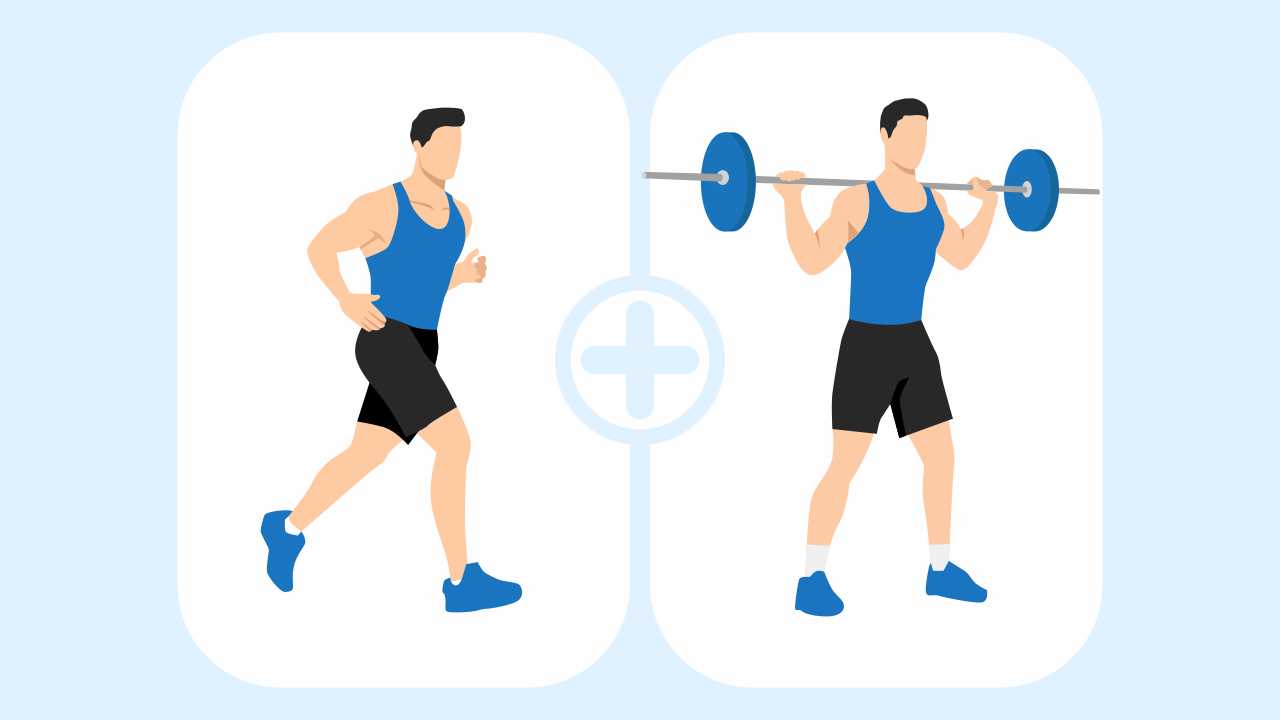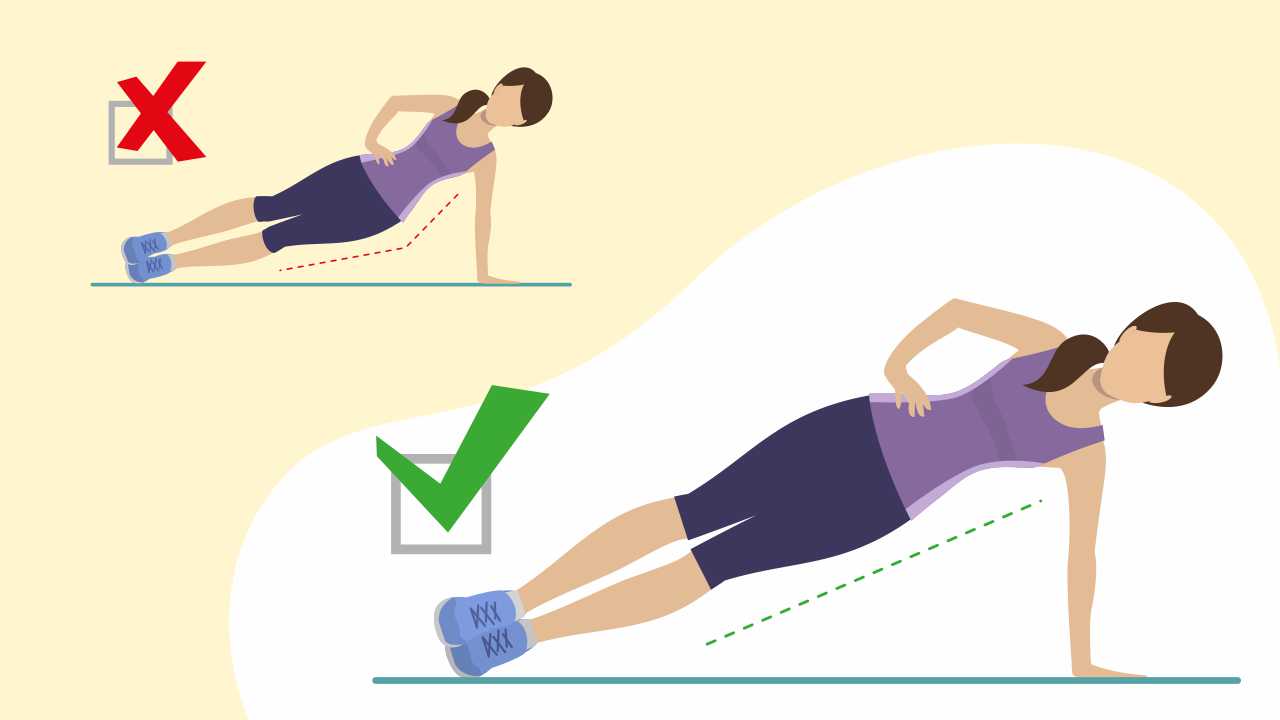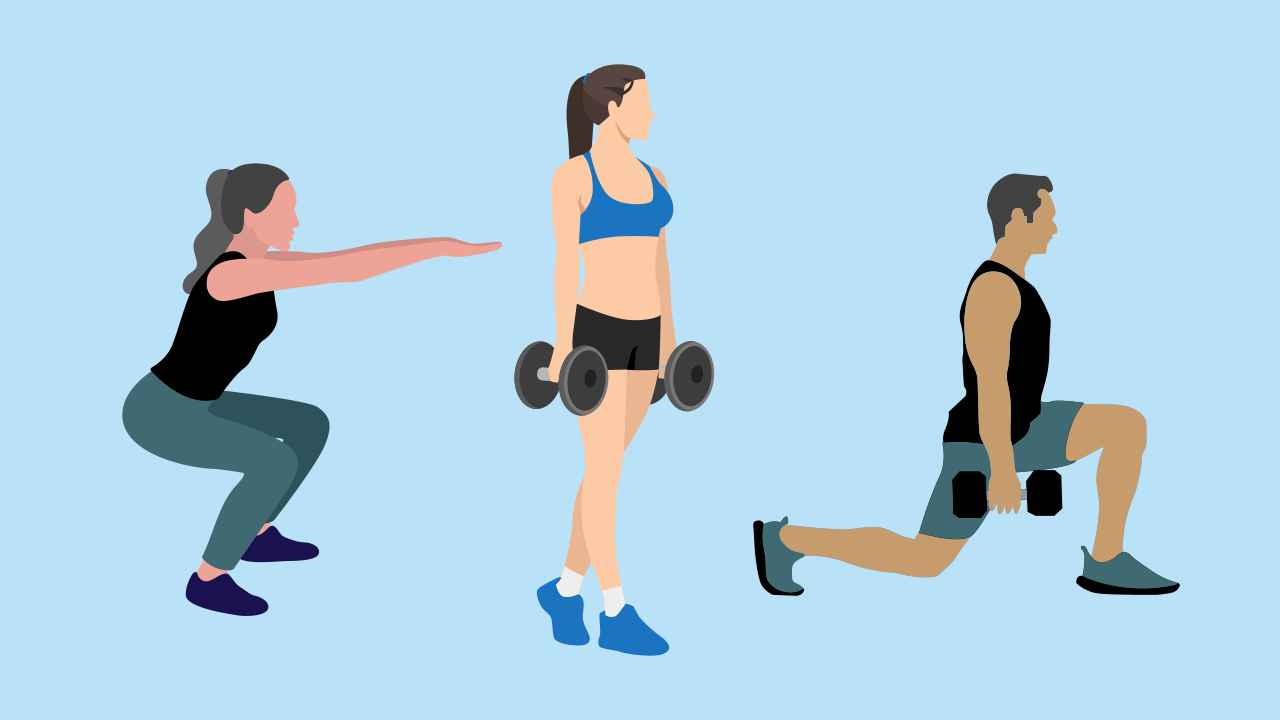
Why Should You Have a Training Logbook and How to Use It

Fitness is as much about following a suitable training routine as it is about discipline and consistency. And to monitor the progress you make, it’s important to track it. Maintaining a training logbook helps you mark your daily progress as well as milestones. It can go a long way to help optimize your training program and keep you motivated for the long haul.
You can either maintain an old-fashioned paper logbook or use any of the numerous digital avatars offered by fitness apps. Either way, you must be diligent about logging your inputs everyday to make it effective.
Why do you need a training logbook?
Once you record all data pertaining to your training in the logbook over a period of time, it will act as a primer for you to use for all fitness-related decisions. Nothing speaks more clearly than relevant data, and this logbook would act as a mine of information, which can propel your fitness journey. How exactly would it help? Let’s find out.

1. History of fitness journey
The empirical evidence that you log in can be used to analyze, prove, or disprove the efficiency of your training plan, and allow you to change it as necessary. It will allow you to control your training and learn more about the different dimensions of your fitness persona.
2. Source of motivation
Once you determine how much training you need every month, you need to put in consistent effort and time to reach your goal. But it’s not easy to bring the same level of energy and motivation to the table everyday. A logbook not only helps you focus on the training, but can help nudge you on days you don’t feel up to it. Seeing your entire fitness journey in one place, and tracking how far you have come, can be highly motivational.
3. Keep you accountable
When you begin to train, you can assess where you stand. Then, you set a goal and build a training plan for it. The training logbook can act as a source of accountability and help you track your performance against these parameters.
4. Calibrate training plan
Things can and will go wrong while training. You can experience flat weeks, or have injuries, bad races, professional or personal troubles, and so on. You can record your response to such setbacks in the logbook — you can either reduce their number or choose to respond to them better when they hit you next. Your logbook will hold all the information you need to attune your training plan to specific setbacks.
What should be in your training logbook?
A detailed logbook records all your workouts and offers clues on what worked for you and what didn’t. The essential data to include in it are:

| Areas of interest | Parameters |
| Sleep quality | Record the hours of sleep and quality on a scale of 1-10. Poor sleep can impact your runs |
| Record your resting heart rate (HR), average HR, and maximum HR | Use a heart rate monitor to record your HR immediately after you wake up in the morning. Lower HR indicates improving fitness levels |
| Weather conditions | Weather affects the performance on any given day and noting it down will help you plan and train better |
| Date and time of workout | Update your logbook whenever you run, be it in the morning or any time later in the day |
| Type of workout | A record of the type of workout (strength training/ distance running) |
| Muscle soreness | Understanding when you feel sore will give you an insight in relation to date and time |
| Motivation and mental stress | Always reserve some space for subjective emotional data — how you feel during the workout will impact your training and outcome. You can even mention your happiness quotient |
| Rest and recovery | Whether you have an allocated rest day or are injured or unwell, you need to log them in. This will help you keep track of the time you could not train and the time you took to recover |
| Duration | Mention the name of the workouts, repetitions, and time taken to perform them. Record the distance and the time, or splits if it was a run |
| Menstrual cycle | There are different phases in the menstruation cycle and each phase will have a particular impact on women. Make a note of how you feel during a certain time of your cycle |
| Effort level | The rate of perceived exertion (RPE) provides insights into the finer areas of your workouts and helps you fine-tune them |
| Enjoyment quotient | Rate your workout on a scale of 1-10 and see how you felt. Was it too light or too exhausting? This will help you understand the kind of workouts you enjoy more and make necessary modifications |
| Shoes | Runners have specific shoes for different distances. Track the mileage of each pair and pick the ones that are best for you |
| Nutrition | It can be as simple as a pre-, during, and post-workout nutrition, or a detailed one with calorie intake. Make sure you consume enough of the right calories to support your run. Nutrition forms a very significant part of your training regimen |
Your training logbook is basically a comprehensive set of personalized data, which you can use to track your past fitness journey and improve your future routine. Use it wisely, and happy tracking!














